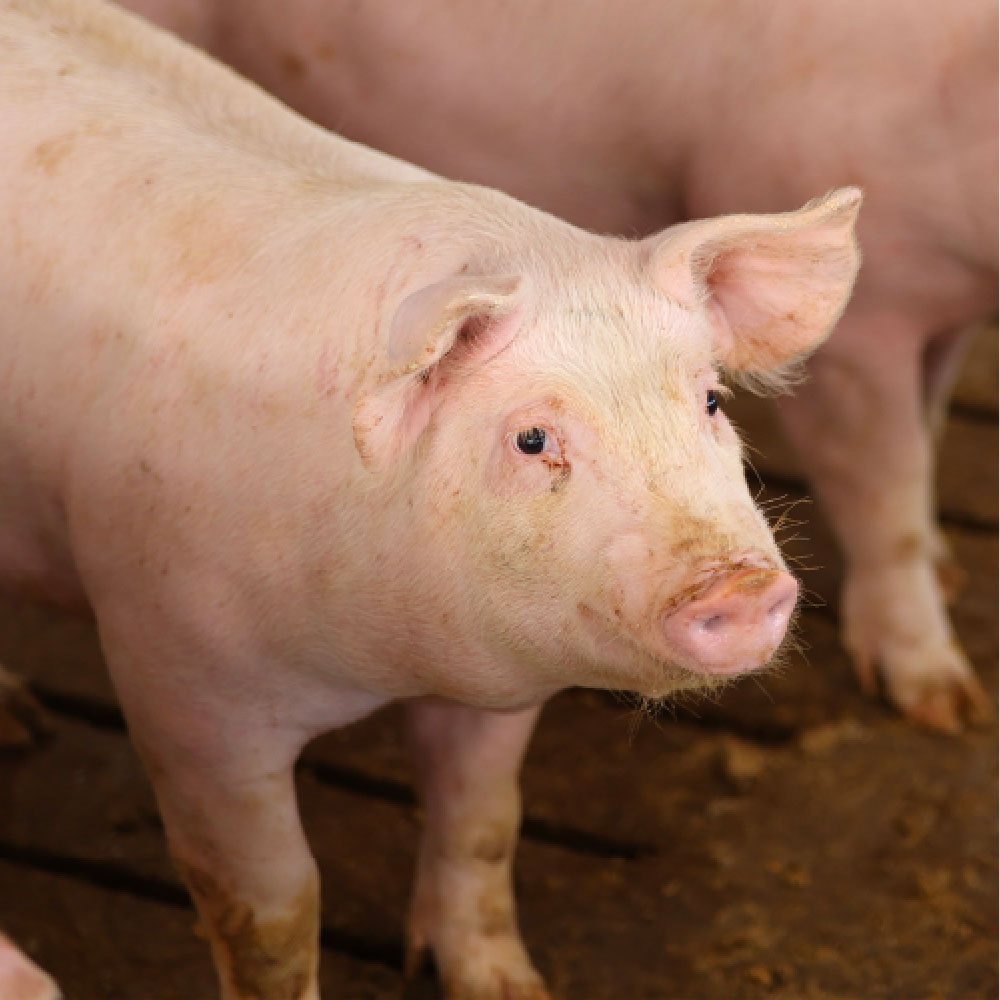
Ongoing Diagnostics for Maintaining Negative Status
Following the successful completion of a herd eradication program, an ongoing M. hyopneumoniae surveillance strategy, with the aim of early detection and swift response to an outbreak, should be considered for both the existing breeding herd population and each new group of incoming gilts. This allows for placement of appropriate interventions to reduce clinical impact, along with the potential for pig flow changes. The cost of a rebreak can be high in the short term, and consultation with a veterinarian is critical to evaluate next steps.
AASV guidelines are available for Category IV herd surveillance, although a more stringent approach may be desired. To optimize early detection in the acute stage, PCR for detection of genetic material in deep tracheal secretions or laryngeal secretions as a secondary alternative sample type should be used and samples may be pooled to improve population-level sensitivity. A low prevalence should be targeted, based on the risk willing to assume for missing a positive. Serum and oral fluids for detection of antibodies and genetic material, respectively, should be avoided in this scenario given the low diagnostic sensitivity of the sample type and test combination during the acute stage of infection.



